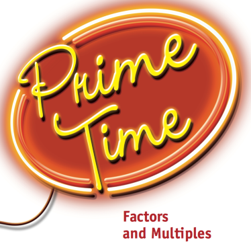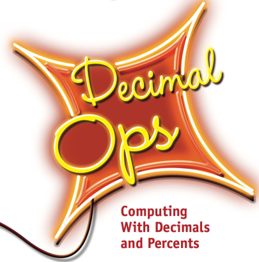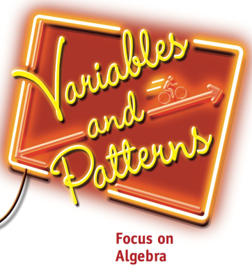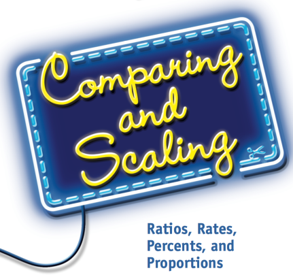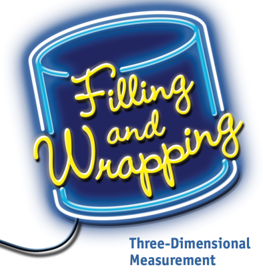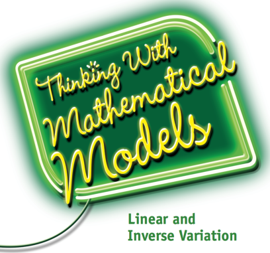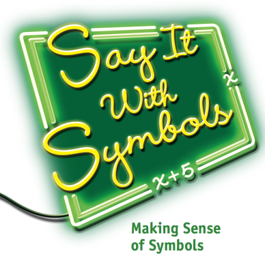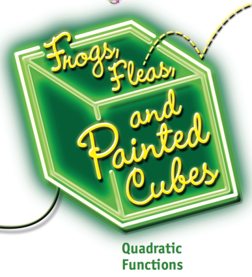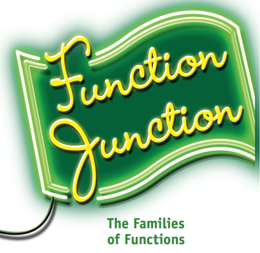Math Content by Unit
The following table list the names and brief descriptions of each unit in CMP3. Each grade and course meet the CCSSM for grades 6, 7, 8 and Algebra 1.
Unit Descriptions
Grade 6
Prime Time: Factors and Multiples
Number theory, including factors, multiples, primes, composites, prime factorization; order of operations, distributive property.
Comparing Bits and Pieces: Ratios, Rational Numbers and Equivalence
Ratio, unit rate, rate tables, rational numbers, decimals, percents, equivalence, absolute value, number line.
Let’s Be Rational: Understanding Fraction Operations
Addition, subtraction, multiplication, division of fractions, fact families.
Covering and Surrounding: Two Dimensional Measurement
Area and perimeter relationships, area and perimeter of polygons, surface area and volume of rectangular prisms.
Decimal Ops: Computing with Decimals and Percents
Addition, subtraction, multiplication and division of decimals, estimation; solutions for a % of b = c
Variables and Patterns: Focus on Algebra
Variables, variable expressions, equations, inequalities; representations of relationships in tables, graphs, equations.
Data About Us: Statistics and Data Analysis
Analysis of data distributions, including shape, measures of center (mean, median, mode) and variability (range, inter quartile range, mean absolute deviation).
Grade 7
Shapes and Designs: Two Dimensional Geometry
Polygons, measurement of angles, angle sum of polygons, conditions for unique triangle, parallel lines and transversals.
Accentuate the Negative: Integers and Rational Numbers
Addition, subtraction, multiplication and division of rational numbers, absolute value, opposites, order of operations, distributive property.
Stretching and Shrinking: Understanding Similarity
Enlarging a figure, effect of scale factors on perimeter and area, coordinate rules, ratios between and within similar figures; using similarity to find measures.
Comparing and Scaling: Ratios, Rates, Percent, Proportions
Ratios, unit rate, rate tables, constant of proportionality, solving proportions, includes markups, discounts, commission, measurement, conversion.
Moving Straight Ahead: Linear Relationships
Representing linear relationships in graphs, tables, equations; solving linear equations; slope, intercept, writing equation for linear relationship given points.
What Do You Expect: Probability and Expected Value
Probability models, experimental and theoretical probability, analysis of compound events.
Filling and Wrapping: Three Dimensional Measurement
Area circumference of circle; volume and surface area of rectangular and polygonal prisms, cylinders; volume of pyramids, cones, spheres; plane sections of prisms, pyramids; effect of scaling on surface area and volume.
Samples and Populations: Making Comparisons and Predictions
Sampling plans, effect of sample size, predicting population statistics, simulations, comparing sample statistics to draw inferences about two populations.
Grade 8
Thinking With Mathematical Models: Linear and Inverse Variations
Linear models and equations, inverse variation models and equations, variability of numerical and categorical data.
Looking for Pythagoras: The Pythagorean Theorem
Pythagorean Theorem and converse, square roots, cube roots, irrational and real numbers, equation of circle.
Growing, Growing, Growing: Exponential Functions
Representing exponential growth with tables, graphs, equations; rules for exponents, scientific notation; Exponential Decay; growth/decay factors and rates.
Say it with Symbols: Making Sense of Symbols
Equivalent expressions, solving linear and quadratic equations; identify and represent linear, exponential and quadratic functions.
Butterflies, Pinwheels and Wallpaper: Symmetry and Transformations
Symmetry, transformations, congruence, similarity, coordinate proofs.
It's in the System: Systems of Linear Equations and Inequalities
Solving linear systems graphically and algebraically, systems of functions and inequalities, solving systems of linear inequalities.
Algebra I
Thinking With Mathematical Models: Linear and Inverse Variations
Linear models and equations, inverse variation models and equations, variability of numerical and categorical data.
Looking for Pythagoras: The Pythagorean Theorem
Pythagorean Theorem and converse, square roots, cube roots, irrational and real numbers, equation of circle.
Growing, Growing, Growing: Exponential Functions
Representing exponential growth with tables, graphs, equations; rules for exponents, scientific notation; Exponential Decay; growth/decay factors and rates.
Frogs and Fleas and Painted Cubes: Quadratic Functions
Representing quadratic functions, factoring quadratic expressions, patterns of change, effect of parameters.
Say it with Symbols: Making Sense of Symbols
Equivalent expressions, solving linear and quadratic equations; identify and represent linear, exponential and quadratic functions.
Butterflies, Pinwheels and Wallpaper: Symmetry and Transformations
Symmetry, transformations, congruence, similarity, coordinate proofs.
It's in the System: Systems of Linear Equations and Inequalities
Solving linear systems graphically and algebraically, systems of functions and inequalities, solving systems of linear inequalities.
